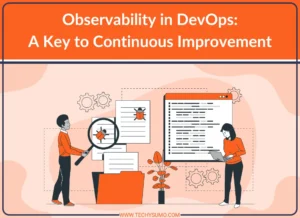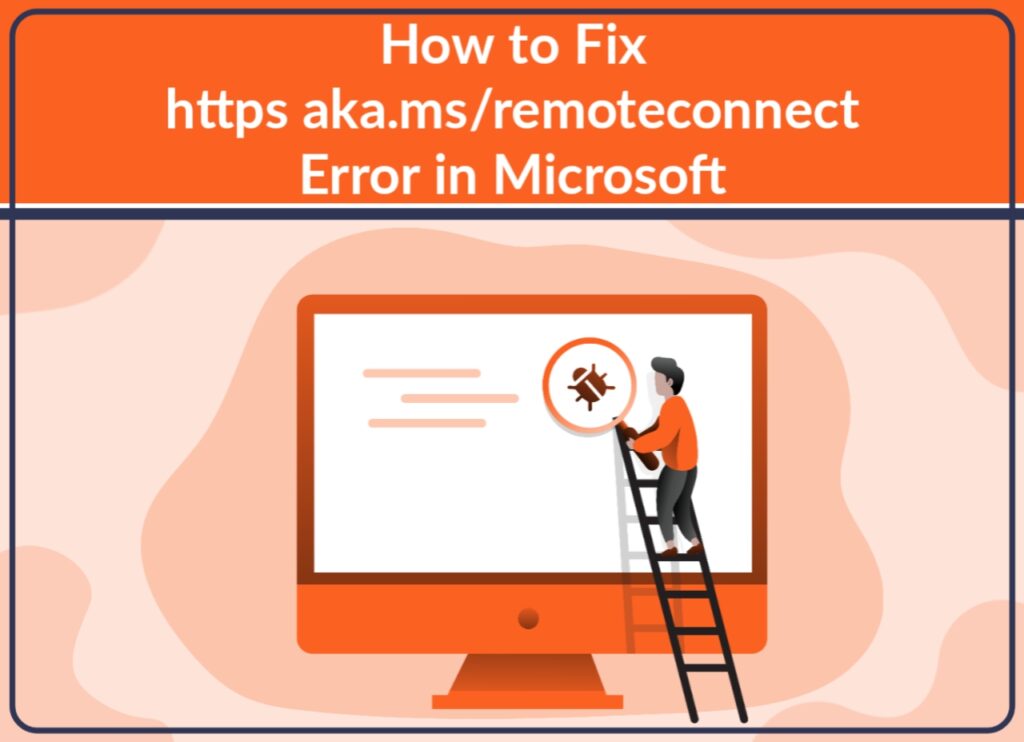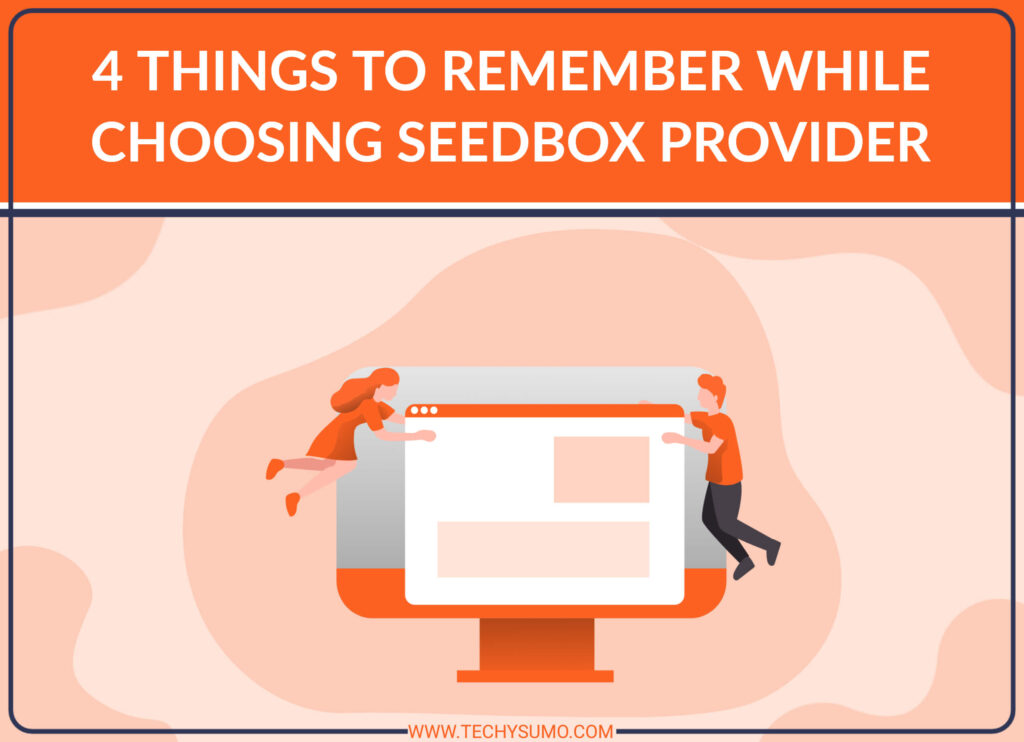Creating an Internet radio station is more accessible than ever, offering unique ways to reach and connect with a global audience from any location.
Success depends on thoughtful planning, choosing the right technology, understanding legal obligations, and continually engaging with and growing a community of listeners.
Trends in digital audio show continued growth in online listening, suggesting strong future opportunities for emerging broadcasters.
Analyzing audience data and evolving your station’s content are essential strategies for building a loyal following and ensuring long-term sustainability.
Table of Contents
- The Rising Popularity of Internet Radio
- Essential Planning: Concept, Goals, and Target Audience
- Tech Setup: Equipment and Streaming Choices
- Legal Considerations for Internet Radio Broadcasters
- Crafting Unique and Engaging Content
- Building Community and Growing Your Listener Base
- Analyzing Data and Adapting Programming
- Monetization and Long-Term Growth
- Final Thoughts
The Rising Popularity of Internet Radio
The internet has revolutionized audio broadcasting, blurring the lines between traditional radio and digital streaming. In recent years, more than half of American adults stream online radio every month, according to findings from the Pew Research Center. This statistic reflects a seismic shift in how people discover and consume music, talk shows, and niche audio experiences, providing new entrants with unprecedented reach and creative freedom.
Also Read
The appeal of Internet radio goes beyond the convenience of on-demand listening; it offers unparalleled variety and creator autonomy that wasn’t possible in the age of terrestrial broadcasting. Today, anyone can launch their station, share their passion for music, discuss important topics, or introduce original content for a worldwide audience. If you’re considering taking the plunge, resources like this step-by-step overview on how to start a radio station provide detailed guidance for conceptualizing, launching, and growing your broadcast.
Essential Planning: Concept, Goals, and Target Audience
Building a successful Internet radio station starts long before the first song or segment airs. Taking time to clearly define your station’s unique concept will help you discover a distinctive place in an increasingly crowded field. Ask yourself: What type of programming will I offer? Will my focus be on continuous music, talk radio, community news, interviews, or a creative mix? Next, clarify your goals for the station—are you hoping to foster a niche music scene, provide cultural commentary, or share the joy of discoveries with fellow enthusiasts?
Knowing your target audience is equally important. Creating listener personas can help you envision who will tune in, what motivates them to return, and how your programming can meet those needs. Sketching out a mission statement that captures your intent lets you stay true to your original vision as you grow. While passion and spontaneity spark creativity, a concrete roadmap keeps your station on track in the long term.
Tech Setup: Equipment and Streaming Choices
Technology is both an enabler and a differentiator for internet broadcasters. You’ll need a reliable computer, a quality microphone, decent headphones, streaming/mixing software, and a strong internet connection to begin broadcasting. Many aspiring hosts start affordably with a USB microphone and open-source software. However, as your ambitions and standards rise, so does your need for professional tools: audio interfaces, condenser microphones, soundproofing tools, and multi-channel mixers all offer improved audio quality for a more polished listener experience.
Anyone aspiring for professional-quality sound should consider reviewing a practical equipment guide from industry insiders like the Conservatory of Recording Arts and Sciences. Such guides break down hardware and software options for various budgets, highlighting essentials and smart upgrades. As your community grows, integrating special features like call-in capabilities, remote interviews, or even video broadcasting may further differentiate your station.
Legal Considerations for Internet Radio Broadcasters
Legal compliance is crucial for protecting both your creative work and the rights of others. In most regions, internet radio stations must comply with music licensing laws to broadcast copyrighted material. Licensing authorities like ASCAP, BMI, and SESAC in the US manage royalties and permissions for artists and record labels. These organizations offer clear paths to legal broadcasting for independents, and paying proper royalties demonstrates respect for the music and stories you share.
Even if your content primarily features news, talk, or user-generated audio, it’s crucial to consider privacy laws, slander protections, and fair use principles. Some jurisdictions also restrict advertising, contest rules, or political content. Starting with robust legal groundwork ensures not only peace of mind but lasting credibility with artists, listeners, and potential sponsors.
Crafting Unique and Engaging Content
The heart of every standout station is original, dynamic content. Regularly scheduled shows help cultivate routine, but variety keeps things exciting. Experiment with different formats: alternating between live DJ sets, scripted talk shows, deep-dive interviews, themed playlists, and even listener-generated hours. Inviting expert guests or collaborating with fellow broadcasters sparks interest and increases your reach through shared audiences.
Don’t be afraid to engage with your community directly—solicit song requests, offer Q&A sessions, or set up interactive games on-air. These techniques foster a sense of belonging and keep listeners returning for more. Real-world examples show that audience participation and personality-driven programming help transform casual listeners into invested fans, building the station’s identity and longevity.
Building Community and Growing Your Listener Base
A successful internet radio station doesn’t just broadcast; it connects. Fostering a community around your brand means being active on social platforms (like Facebook, Instagram, or Discord), where you can promote schedules, share behind-the-scenes content, and respond to listener feedback. Establishing online forums, creating listener clubs, or developing a mailing list are all tried-and-tested ways to maintain an active dialogue with your audience.
Commitment to community engagement matters now more than ever. According to a recent report on radio listening trends, listeners are more likely to return to stations that value interaction, inclusion, and real-time responsiveness. Running contests, on-air shout-outs, or community events strengthens these bonds and lays the groundwork for organic growth through word of mouth.
Analyzing Data and Adapting Programming
Analyzing listener data is essential for making informed decisions and continually improving. Leverage your streaming platform’s analytics alongside external tools (like Google Analytics or social media dashboards) to track listener counts, engagement times, popular segments, and audience locations. These data points reveal what’s resonating and what isn’t.
Use this information to adjust schedules, introduce new shows, or refine your content focus. Asking for feedback via surveys or direct listener communication often uncovers new opportunities for growth or innovation. Flexibility and a willingness to iterate quickly are hallmarks of stations that place their listeners at the center of everything they do.
Monetization and Long-Term Growth
As your station builds momentum, sustainability becomes a key focus. Independent radio hosts have many income-generating options: traditional ad spots, paid sponsorships, branded content, and exclusive shows are all well-established models. Stations with especially enthusiastic communities should consider launching a Patreon or selling branded merchandise to support operating costs and fund future upgrades.
Don’t overlook the value of strategic partnerships—collaborating with musicians, artists, or other broadcasters can unlock new audiences and bring creative energy to your channel. Hosting live virtual events or workshops also enables direct interaction and often attracts new listeners. Above all, remember to invest your revenue back into your station’s growth, whether through better equipment, marketing campaigns, or expanding your content lineup.
Final Thoughts
The digital revolution in audio has democratized the airwaves, inviting new voices and creative concepts to flourish globally. With planning, creativity, and a willingness to adapt, anyone can launch and sustain an internet radio station that resonates far beyond their local community. This year presents more opportunity than ever for passionate broadcasters: securing your slice of the airwaves maybe just a few clicks away, and the next great broadcast could be yours.






